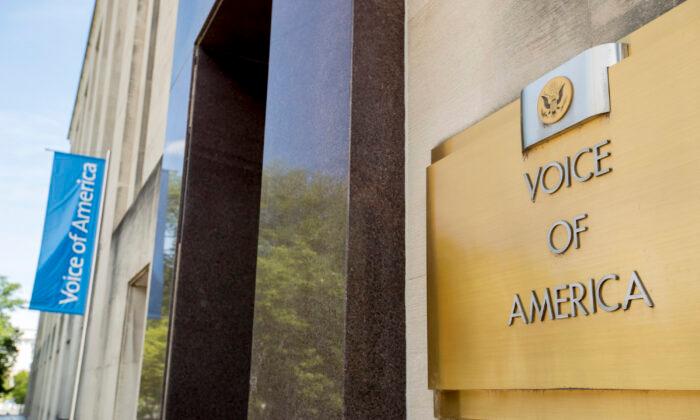Federal health officials have recommended that all adults in the United States get screened for hepatitis B virus (HBV) at least once in their lifetime, saying that most people living with the infection don’t know they’re infected.
Hepatitis B is one of five types of viral hepatitis, or inflammation of the liver. HBV, which is transmitted in blood and other bodily fluids, can spread through sex, sharing contaminated needles and syringes, or from mother to child in the womb.
The initial HBV infection typically doesn’t involve any symptoms, although some people may experience fatigue, loss of appetite, stomach pain, or jaundice. Chronic hepatitis B can damage the liver over time, increasing the risk of developing liver failure or liver cancer.
For the first time since 2008, the U.S. Centers for Disease Control and Prevention (CDC) on Thursday published an updated guidance for HBV testing. Previously, the agency only recommended HBV screening for Americans deemed at high risk for infection, such as people born in countries where the disease remains common, users of injection drugs, men who have sex with men, and newborn babies whose parents have HBV.
The new CDC guidance now recommends people 18 years or older be tested at least once for HBV. Citing an analysis of recent studies, the CDC said risk-based testing alone cannot identify most people living with chronic HBV infection, and up to two-thirds of them might be unaware of their infection.
Children and teenagers under the age of 18, except those at high risk, are not included in the universal screening recommendation, considering most of them already receive HBV vaccines as part of their routine childhood immunizations. The most common scheduling consists of three shots: the first administered within 24 hours of birth; the second given between one and two months after the first dose, and the third between 6 and 18 months of age.
- Current or formerly incarcerated adults in a jail, prison, or other detention settings
- People with a history of sexually transmitted infections or multiple sex partners
- People with a history of hepatitis C virus infection
“Although a curative treatment is not yet available, early diagnosis and treatment of chronic HBV infections reduces the risk for cirrhosis, liver cancer, and death,” the agency said, adding that the HBV screening for all adults can be cost-effective overall and life-saving.
Specifically, the one-time universal screening would be expected to prevent an additional 7.4 cases of asymptomatic liver damage, 3.3 cases of acute liver damage, 5.5 cases of liver cancer, 1.9 liver transplants, and 10.3 HBV-related deaths per 100,000 persons screened.
Anyone who requests HBV testing should receive it, regardless of disclosure of risk, the CDC said, because “many persons might be reluctant to disclose stigmatizing risks.”
Chronic hepatitis B disproportionately affects those born outside the United States. While foreign-born people only make up 14 percent of the general U.S. population, they account for 69 percent of the U.S. population living with chronic HBV infection, according to the CDC.





